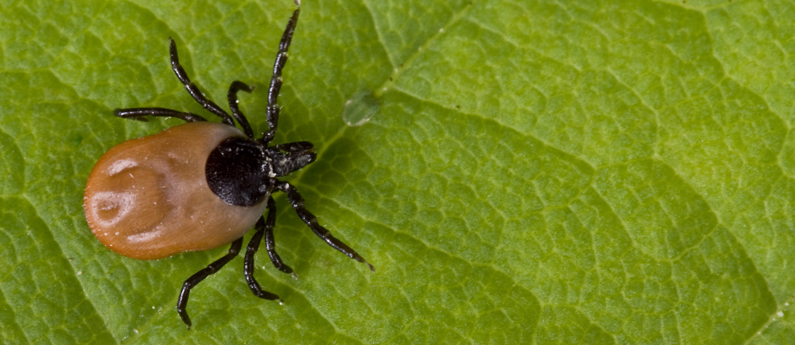 Black flies and mosquitoes are well-known warm-weather bloodsuckers, but there's another tiny terror you need to know about: Ticks.
Black flies and mosquitoes are well-known warm-weather bloodsuckers, but there's another tiny terror you need to know about: Ticks.
While mosquitoes and black flies dine and dash… ticks are uninvited guests that stick around for days.
Let's learn what makes them... tick, shall we?
How do ticks find their hosts?
 Ticks can't fly or jump. Instead, they live in wooded areas and brushy fields, waiting for a host to come by on a walk or hike. Ticks hold on to low-growing plants, grasses and shrubs by their lower legs, while holding their upper legs outstretched as they wait for the opportune moment.
Ticks can't fly or jump. Instead, they live in wooded areas and brushy fields, waiting for a host to come by on a walk or hike. Ticks hold on to low-growing plants, grasses and shrubs by their lower legs, while holding their upper legs outstretched as they wait for the opportune moment.
When you brush against a spot where a tick is waiting, it grabs on to your clothing (or an animal's fur) and quickly climbs aboard.
The tick then wanders around to find a suitable place to bite the host (how tacky!), preferring warm, moist areas of the body -- often the armpits, groin or hair.
What happens when a tick bites you?
When the tick gets comfortable at a suitable feeding spot, it grasps the skin and punctures it. The curved teeth and spines on its mouthparts help the tick attach itself firmly.
Once in, it starts channeling its saliva into the host... and the host’s blood into itself. Tick saliva has anesthetic properties; often, the animal or person can’t feel the tick and is unaware of its presence.
The tick will slowly suck the host’s blood. After several days of gluttony, the tick dislodges itself and drops off.
How does a tick transmit infection?
If a host animal has certain bloodborne infections (such as the bacteria that cause Lyme disease), the tick may ingest the pathogen and become infected. If that tick later feeds on a human, that human can become infected.
The longer an infected tick stays attached to you or your pet, the greater the chance of getting a tick-borne disease like Lyme disease.
If I find a tick on me or my pet, how do I remove it?
Once a tick is attached, it's important that you remove it the right way. Learn all the DOs and DON'Ts of tick removal.
How can I protect myself and my pets from ticks?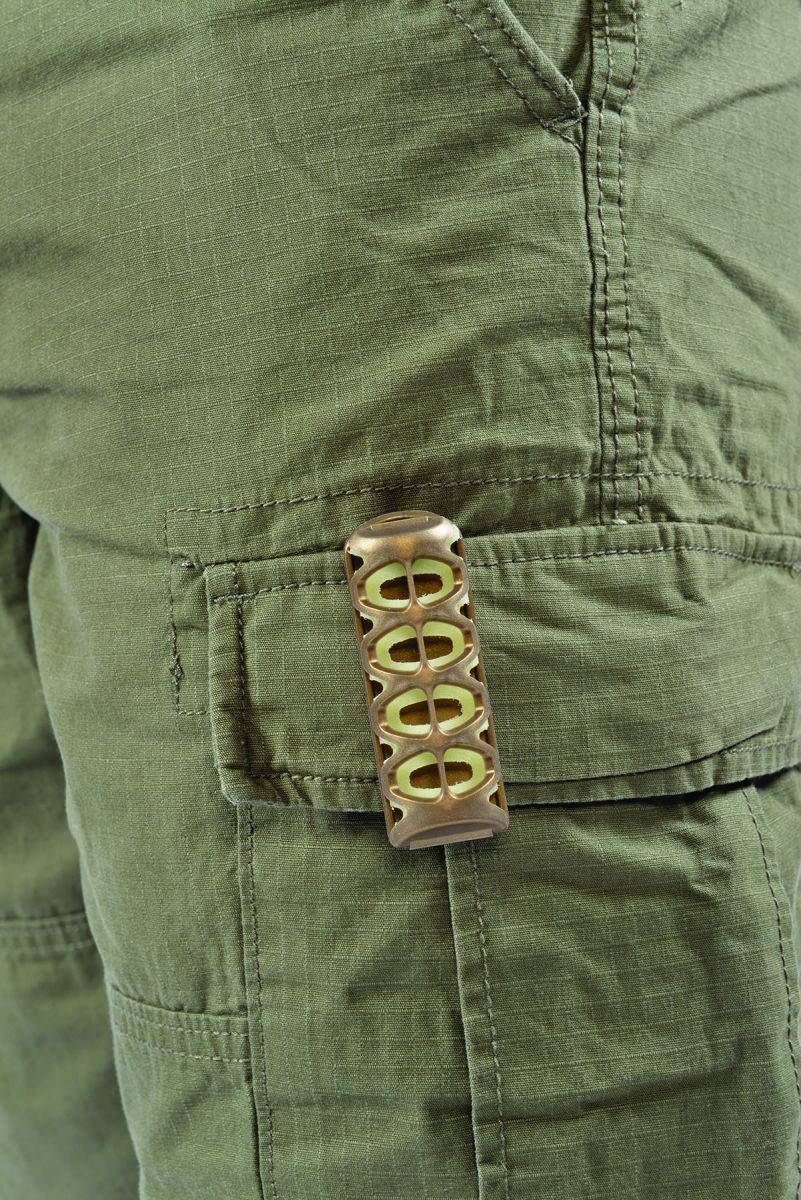
- Walk in the center of trails and avoid contact with brushy areas.
- Use the RESCUE! GoClip® whenever you're outdoors during tick season. GoClip® is a long-lasting spatial repellent device that keeps ticks away with the power of all-natural essential oils. The GoClip® easily attaches to your waistband, shorts pocket or shoe/boot as well as a dog collar or harness and lasts up to two weeks.
- Bathe or shower as soon as possible after coming indoors, to wash off and more easily locate ticks that might be on you.
- Examine gear, clothing and pets every time you come indoors from spending time in a natural setting. Ticks can hitch a ride into your home on them.
Find the RESCUE! GoClip® at a store near you


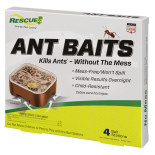 Ant Baits
Ant Baits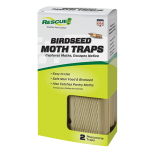 Birdseed Moth Trap
Birdseed Moth Trap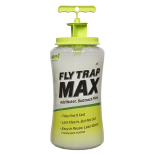 Fly Trap Max
Fly Trap Max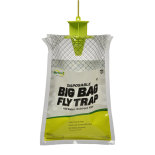 Fly Trap, Big Bag
Fly Trap, Big Bag 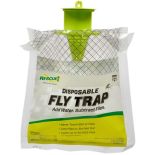 Fly Trap, Disposable
Fly Trap, Disposable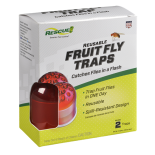 Fly Trap, Fruit Fly
Fly Trap, Fruit Fly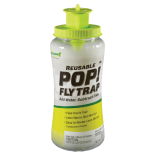 Fly Trap, POP! Fly
Fly Trap, POP! Fly 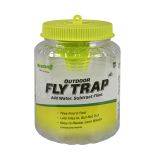 Fly Trap, Reusable
Fly Trap, Reusable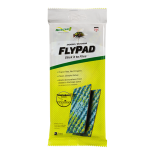 FlyPad
FlyPad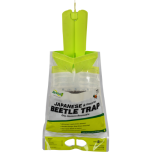 Japanese & Oriental Beetle Trap
Japanese & Oriental Beetle Trap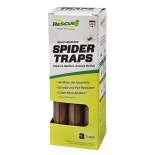 Spider Trap
Spider Trap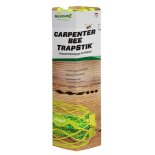 TrapStik, Carpenter Bee
TrapStik, Carpenter Bee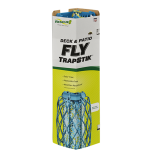 TrapStik, Deck & Patio Fly
TrapStik, Deck & Patio Fly 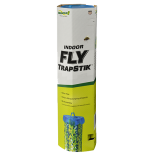 TrapStik, Indoor Fly
TrapStik, Indoor Fly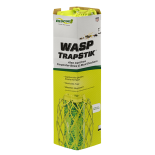 TrapStik, Wasp
TrapStik, Wasp W·H·Y Trap for Wasps, Hornets & Yellowjackets
W·H·Y Trap for Wasps, Hornets & Yellowjackets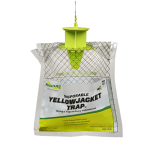 Yellowjacket Trap, Disposable
Yellowjacket Trap, Disposable 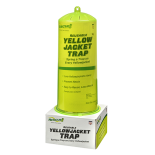 Yellowjacket Trap, Reusable
Yellowjacket Trap, Reusable 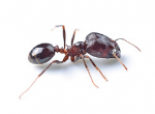 Ants
Ants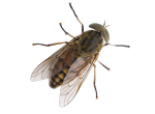 Biting Flies
Biting Flies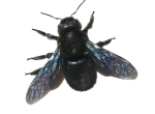 Carpenter Bees
Carpenter Bees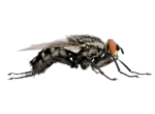 Flies
Flies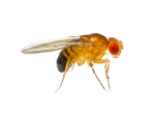 Fruit Flies
Fruit Flies Hornets
Hornets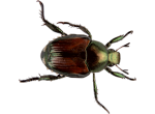 Japanese Beetles
Japanese Beetles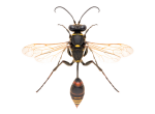 Mud Daubers
Mud Daubers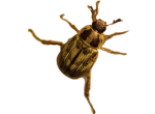 Oriental Beetles
Oriental Beetles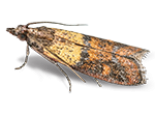 Birdseed & Pantry Moths
Birdseed & Pantry Moths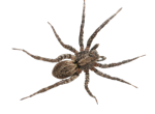 Spiders
Spiders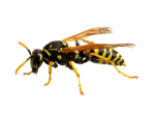 Wasps
Wasps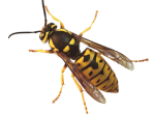 Yellowjackets
Yellowjackets